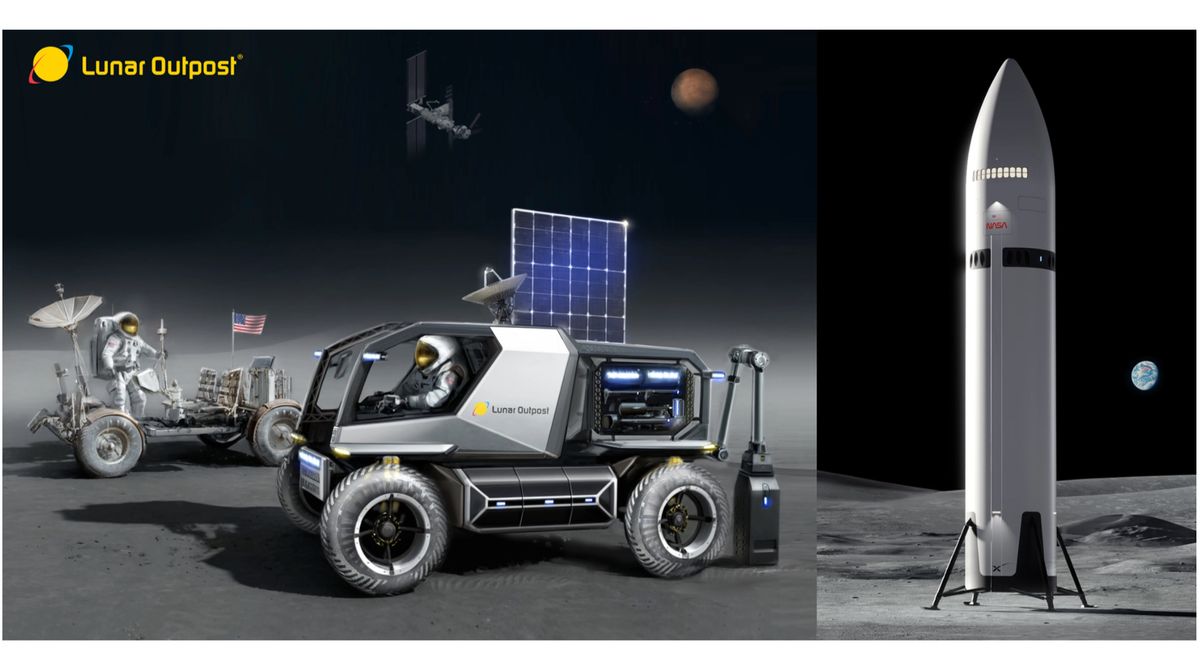World
Climate compass: Navigating mediation challenges in a warming world – World

The task of integrating climate awareness into peacebuilding processes is not always easy. Read our climate expert Thomas Ritzer’s guide to climate-smart mediation.
The climate crisis and its implications for peace and security present a growing challenge for the field of mediation. As global average temperatures surge, mediators will increasingly be called upon to help defuse tensions over both the effects and the drivers of climate change.
The evidence base to date is scarce – recent research by Tim Epple at PeaceRep reveals that only six out of 1,659 international and national-level peace agreements signed since 1990 explicitly mention climate change. However, the trend is shifting towards greater inclusion of climate change in negotiations. From the Colombia final agreement in 2016 to the more recent Northern Ireland New Decade, New Approach Agreement (2020) and the joint statement between Kyrgyzstan and Tajikistan (2021), mediators are increasingly addressing climate-related issues and their consequences for conflict and peace.
Nonetheless, integrating climate-related issues in peace processes is a difficult task and does not automatically guarantee better outcomes. Mediators require considerable skill and expertise to navigate a range of inherent risks, including concerns over depoliticising mediation efforts and fears of overwhelming the negotiation agenda.
In recent years, a practice note by the UN Department of Political and Peacebuilding Affairs and a paper by the European Institute of Peace have offered valuable insights into the risks and opportunities climate change generates for mediators. Building on those insights, the Berghof Foundation and adelphi convened a workshop with policymakers, researchers and practitioners as part of The Berlin Moot: Reshaping Peace in order to identify ways to advance climate-smart mediation. The discussions focused on formulating advice for mediators on dealing with common challenges.
Drawing on this workshop, here are eight common obstacles to climate-smart mediation and how to overcome them:
- The mediation team lacks contextual knowledge of climate and peace linkages:
- Address questions on climate impacts, vulnerabilities and coping capacities (e.g. how are livelihoods affected by changing weather events?) to ensure the conflict analysis is climate-informed. Update it regularly to reflect environmental changes.
- Ensure a minimum level of climate literacy in the mediation team to be able to understand climate-related information and distinguish fact from fiction. Draw on external expertise of researchers and academics, as necessary.
- Combine participatory analysis methods with other scientific data to generate a holistic understanding of climate and peace linkages.
- The impact of climate change on the conflict is difficult to establish and the mediation team is unclear how to frame climate-related issues in the mediation process:
- Localise climate-related issues and build the discourse bottom-up. Listen to communities and how they experience climate impacts.
- Explore framing the environment as a distinct actor with its own rights as guided by existing environmental frameworks and regimes. Recognising that the environment is not just a backdrop for human activities but a central factor that both influences and is influenced by conflict dynamics can help create a more holistic peace.
- Consider bringing international agreements, norms and frameworks into the negotiations to provide guidance and inspiration as appropriate.
- Facilitate scenario exercises envisioning a green and peaceful future. Even if it is difficult to define the climate-conflict relationship, identifying the role of a healthy environment in a prosperous future can be helpful.
- One or more conflict parties lack awareness of and/or knowledge about climate-related issues:
- Consider organising awareness-raising activities through media, public events or other channels that reach a wide audience.
- Facilitate community testimony and expert inputs during the mediation process on the current and future impacts of climate change at local, national and regional levels.
- Organise joint learning and capacity building activities for conflict parties (or even the wider communities) to establish a common knowledge base.
- One or more conflict parties are reluctant to address climate-related issues:
- Promote a broad definition of security that includes human and environmental dimensions.
- Analyse the political economy of climate change to understand what parties may have to gain or lose in the short, medium and long term from addressing climate-related issues (including linked to the green transition).
- Do not force an issue onto the agenda. Avoid a framing that is overly normative or could be perceived as Western-dominated. Consider pragmatic approaches that address climate-related issues under different labels that fit the mediation context.
- Focus on shared benefits and build coalitions among supportive stakeholders to promote action.
- Political pressures dictate a focus on short-term priorities, leaving little or no space for climate-related issues:
- Develop an evidence base and narratives showing the impact of climate change on immediate peace priorities. Alternatively, consider sequencing peacemaking efforts into short-, medium-, and long-term approaches to create space for different topics.
- Explore creative process design options, including climate-related working groups or sub-tracks, and consider when/how they could be connected to the main track.
- Consider the climate justice dimensions of a conflict and what shared responsibilities emerge from such a framing, including for actors beyond the immediate conflict context.
- At a minimum, climate proof agreements to avoid harm to the environment (e.g. from deforestation activities) and raise awareness of climate issues for the future.
- Climate-related issues prove contentious and parties cannot find agreement:
- Involve partners from the private sector, environmental experts or livelihood specialists in the process (directly or indirectly) to provide fresh perspectives and develop innovative solutions that could “grow the pie”.
- Consider framing natural resource-related disputes as questions over “access” rather than “ownership”.
- The scale and scope of climate-related issues in a mediation process are unclear:
- Identify which climate-related issues can be addressed at which level of governance (e.g. local flood protection vs. national land use policies) and how they fit into the process at hand. Consider parallel discussions or linking across levels depending on needs and entry points.
- Clarify governance structures and the mandates of different actors to take forward actions agreed as part of the mediation process.
- Tailor the ambition of climate-related provisions (e.g. addressing drivers vs. reducing the impacts of climate change) to the realities of the situation, including the timeline of actions discussed, the stakeholders involved, and the financing accessible.
- A lack of political will or resources hinders the operationalisation and monitoring of climate provisions in an agreement:
- Draft adaptive agreements with dynamic monitoring arrangements and the flexibility to adjust provisions to the changing environment.
- Work with climate actors and explore linking the implementation of relevant provisions in the agreement to climate action plans and strategies.
- Explore the feasibility of accessing climate finance sources, such as international funds or carbon offset schemes, while keeping in mind the need for conflict sensitivity. Be prepared to make a convincing argument for linking climate finance and peace objectives, when facing resistance.
- Explore partnerships with states or international organisations supportive of climate-smart peacemaking to provide political and financial assistance.







